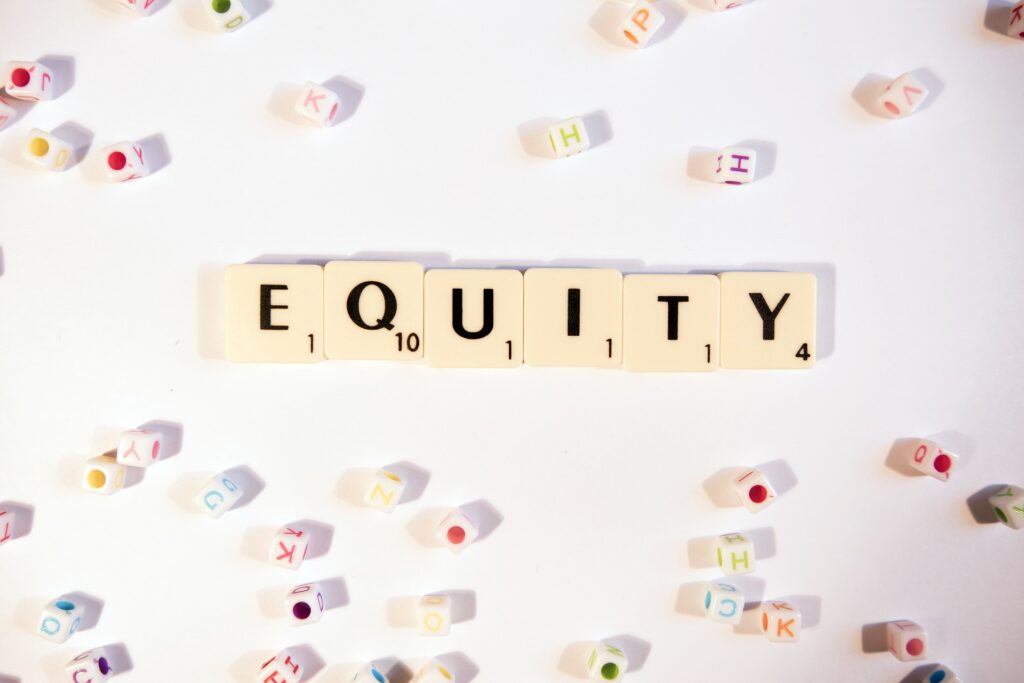Making a website accessible to everyone can seem like a daunting task. But it doesn’t have to be! This blog post will discuss some of the secrets of creating an accessible WordPress site. We will cover topics such as how to make your website readable by all, use images and videos responsibly, and use tools like accessiBe WordPress. Follow these tips, and you will be on your way to creating an inclusive website that works for everyone.
What does accessibility mean?
Accessibility refers to designing products, devices, services, or environments for people who experience disabilities. Disabilities can be cognitive, developmental, physical, mental, sensory, emotional, and neurological. According to the World Health Organization (WHO), more than one billion people worldwide live with some form of disability. That’s about 15% of the world’s population!
Making your website accessible is important because it ensures that everyone can access and use your site, regardless of their ability. An accessible website can be used by people with a wide range of abilities and disabilities, including those who have difficulty using their hands, are blind or have low vision, and those who are deaf or hard of hearing.
When it comes to accessibility, there are generally three types of disabilities to consider:
Motor disabilities: These include conditions such as cerebral palsy, multiple sclerosis, and Parkinson’s disease. People with motor disabilities often have difficulty using their hands to interact with devices and may need assistive technologies, such as mouth sticks or head pointers.
Sensory disabilities: These include conditions such as blindness, low vision, and deafness. People with sensory disabilities often have difficulty processing information that is presented visually or auditorily.
Cognitive disabilities: These include conditions such as Alzheimer’s disease, attention deficit hyperactivity disorder (ADHD), and dyslexia. People with cognitive disabilities often have difficulty understanding complex information.
Now that we’ve covered what accessibility is and why it’s important let’s move on to some tips for creating an accessible WordPress site.
When creating content for your site, it’s important to keep accessibility in mind. That means making sure your content is easy to read, understand, and navigate. Here are a few tips to help you create accessible content:
– Use concise language
– Break up your text into short paragraphs
– Use headings and subheadings to organize your content
– Use lists and bullet points to make your content easier to scan
– Highlight important information
– Use alternative text for images
– Use captions for videos
In addition to creating accessible content, it’s also important to make sure that all the form elements on your site are user-friendly. That means making sure they are easy to find, understand, and easy to use. Here are a few tips to help you create accessible forms:
– Use concise labels
– Group form elements together
– Use fieldsets and legends to organize your form
– Provide instructions on how to fill out the form
– Use error messages to help users correct their mistakes
– Use alternative text for images
– Use captions for videos
These are just a few of the many things you can do to make your WordPress site more accessible. By following these tips, you will be well on your way to creating an inclusive website that works for everyone.
